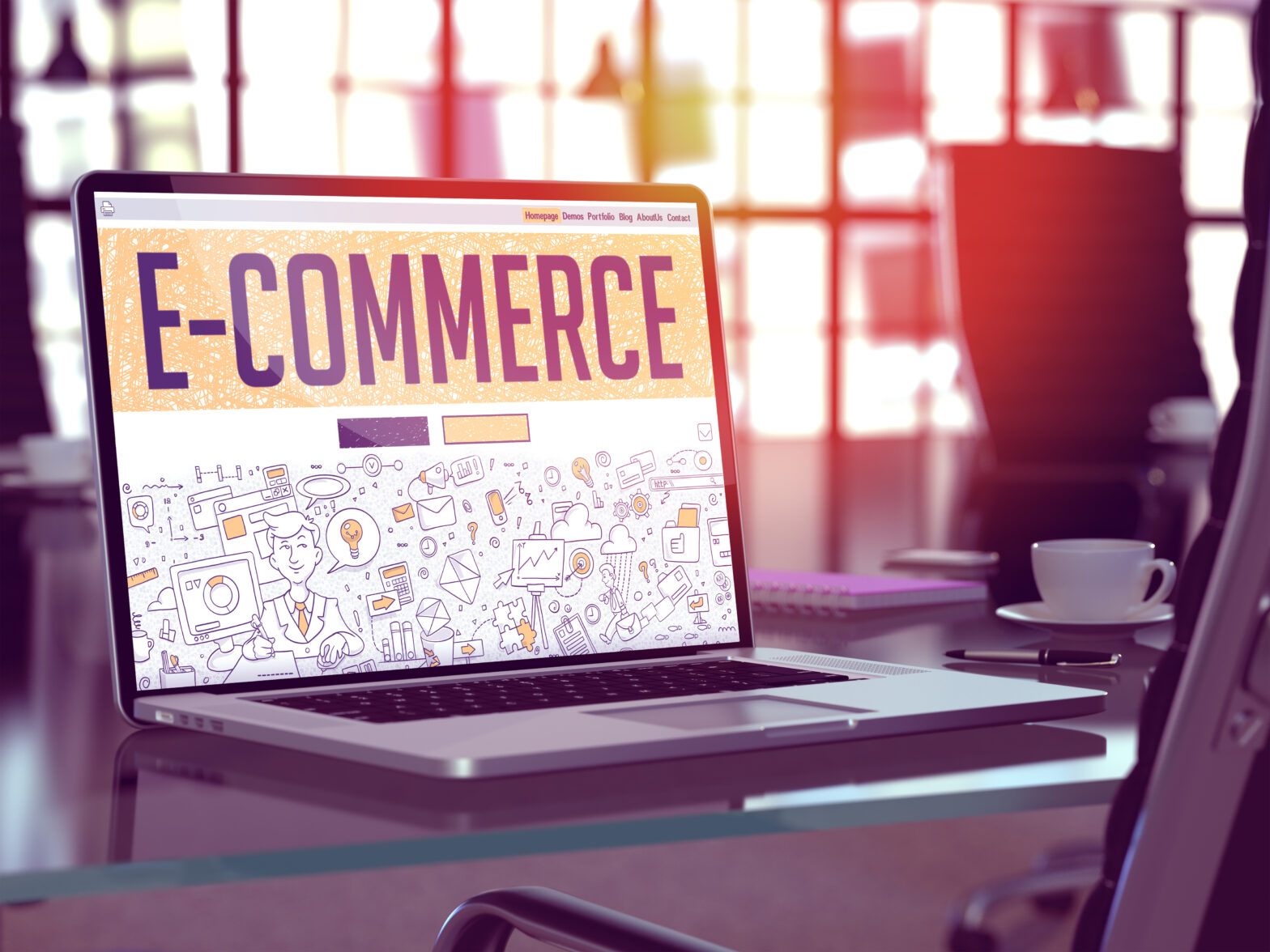Thirty years ago the prospect of shopping online would have been met with considerable confusion but now B2C e-commerce sales are expected to reach over 2.3 trillion US dollars in 2017 and the online market will only continue to grow. Ericsson estimates that by 2020, 90 per cent of the world’s population over six years old will have a mobile phone. These statistics clearly show the scale of opportunity for online marketing, but how can you ensure that your website is optimised for success and equipped to tap into these new consumer habits?
Shopping shopping everywhere
Double tap and you’re done; new coat, new shoes, replacement fridge, bought in an instant and probably arriving to your door by the end of the week, or within the hour if you have an Amazon Prime Now account. An excellent mobile experience, free shipping and an extensive variety of products has helped Amazon overtake Google as the number one place for consumers to start shopping. E-commerce has made shopping so convenient that it can be done with minimal effort, anywhere, anytime.
Criteo’s 2016 report shows that ‘2.5 million Brits are buying on mobile every day’ and ‘almost a third of consumers say they have bought products or services on their mobile phone’. Capitalising on the growing mobile customer base is a must for brands across both the B2B and B2C sectors so it is vital to ensure that your site is optimised for shoppers on the move. Carefully monitoring site speed and ensuring it is fast and responsive is key to providing your potential customers with the best possible user experience possible and will encourage repeat customers.
Delivery dramas
One of the major sticking points with online retail is getting the product safely to the customer. While your business’s chosen logistics partner is a separate entity, it is still a vital part of your customer’s overall experience with your brand so choosing a reliable supplier is crucial.
A report by Which? in 2016 revealed that brands who scored badly for their customer’s online shopping experience were criticised most for their ‘poor or difficult to organise deliveries’. Although the quality of your product might meet your customer’s expectations, a negative experience with your delivery service provider can easily overshadow this and have a negative impact on their loyalty to your brand in the long term.
Brad Poulter, from Best Transportation Services says, ‘Every time you promise a delivery, you are putting your company’s reputation on the line. You need a courier service that won’t let you down. When choosing your logistics partner, be sure to do a thorough fact check on the companies in your shortlist including details of their security policy, the range of delivery services they offer and how they track assets.
Shopaholics social
Historically, social media has been shunned by marketers because its main selling point was vanity metrics. A sudden increase in followers to your page does not necessarily equate to more sales or greater brand loyalty. Now social media platforms have evolved to address this issue and have optimised their functionality so that brand pages allow customers to browse their latest products and purchase directly.
Research conducted by analytics specialists Aimia in 2016 suggested that people are increasingly visiting social networks as part of their normal shopping journey and use the images they see on networks like Instagram and Facebook to determine their next exciting purchase. Criteo’s report reveals that ’19 per cent of daily Snapchat users and 15 per cent of daily Instagram and Pinterest users are buying on their mobile phone every day’.
User-generated content is especially important in this instance – it gives your brand authenticity and creates a community of customers who can share their positive experiences of your products, for example, Burberry’s ‘Art of the Trench’ site enables users to upload and comment on a huge variety of pictures showing hundreds of people wearing and enjoying their Burberry purchases. Displays of authentic user experience such as this will instil trust in new potential customers and encourage them to go ahead with their purchase.
To flip the coin, customers who are not satisfied with the service they have received are even more likely to write a damning review which can have a huge impact on new and existing customer loyalty. In fact, according to MuseFind, 92 per cent of consumers trust recommendations from others and now that reviews are more visible than ever before, it is important for businesses to have stand-by solutions that will protect their brand’s reputation. If the service has been sub-par ensure that customers are well compensated – a five star rating is often the all-important decider in encouraging customers to buy from your brand over a competitor so it’s in your interest to deliver stellar customer service.
Interacting successfully with customers
Carefully monitoring your presence on social media is another good way of showing positive interaction with consumers – actively answering queries and engaging with your audience can even give you a better idea of ways in which you could improve your service. Review the features on your social platforms and complete regular check-ups to see how well they are optimised – make it as easy as possible for customers to buy your products whilst they are browsing. With the correct page optimisation and brand backing a standard Monday morning commute could result in your customers going on an impromptu spending splurge as they wait for their delayed train to finally come in.
To sum up there are now more opportunities than ever before for e-commerce to really thrive. People can shop anywhere, anytime and want to share their experiences online, which has given e-commerce a whole new platform on which to promote products and services. However, competition is fierce and in such a fast moving sector those that fail to keep up with cutting edge technology will suffer. The top few online retailers already get the lion’s share of market revenue and the gap between the elite money makers and the majority of less successful sites will only widen – make sure you’re on the winning side.
Sophia Patsikas is a writer for business resource site Expert Market.





